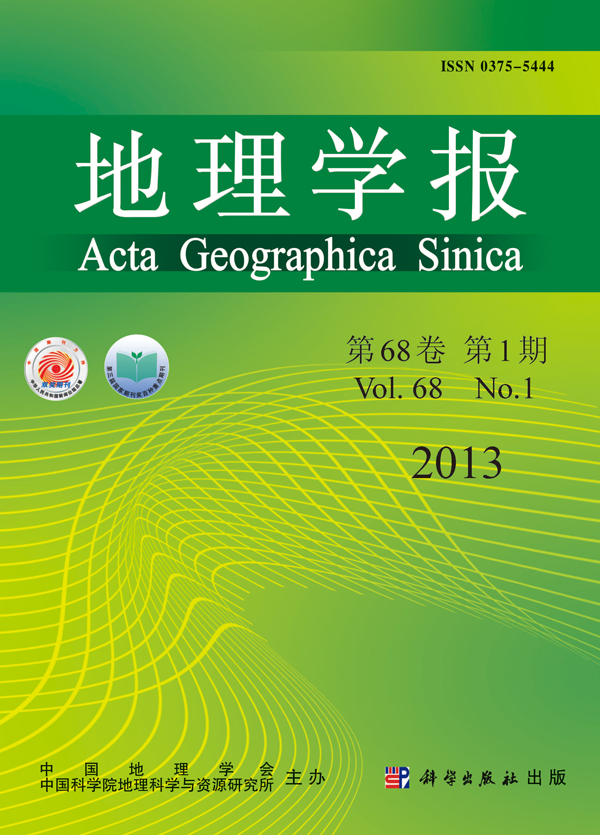LI Jie, ZHENG Zhuo, Rachid CHEDDADI, YANG Shixiong, HUANG Kangyou
A 6-m long core (DJH-1) was obtained from Dajiuhu lake, Shennongjia Mountains, Hubei Province. A total of 7 AMS14C dating data and the identification results of 151 pollen samples revealed the vegetation and climate changes around the study area during the last 40 ka. In the last glaciation, this region was dominated by steppe-meadow vegetation: during the late MIS3 period, it developed from forest steppe in a relatively cold-dry climate (42-39 cal ka BP) into subalpine meadow in wet conditions, associated with the growth of evergreen taxa at lower altitudes. In MIS2 phase, the meadow cover was characterized by the significant increase of Artemisia and possibly accompanied by the development of alpine desert at higher altitudes in extremely cold and dry conditions, due to the high intensification of Asian winter monsoon. Moreover, the shift of vegetation belts during the last glacial maximum indicated that the temperature dropped by about 7℃. Since the deglaciation, forest had expanded, characterized by the increase of cool temperate trees, warm-temperate tree and subtropical trees in sequence. Between 9.4 and 4 cal ka BP, it involved into subtropical evergreen broadleaved and deciduous forest, with the expansion of swamp vegetation, probably corresponding to the Holocene optimum. After ~4 cal ka BP, the increase of cool temperate and coniferous trees suggested that the climate tended to be cool. By comparison with Oxygen Isotope sequences of stalagmites (Hulu and Sanbao caves) in East Asia and ice core (NGRIP) at higher latitude, the results show that the past vegetation changes of Shennongjia area responded sensatatively to the climate changes, and DJH-1 pollen record also recorded H1,YD abrupt events, which further indicate that the past changes in the study area was closely related to the variability of EAM mainly controlled by north hemisphere insolation, and concided with the global changes.
